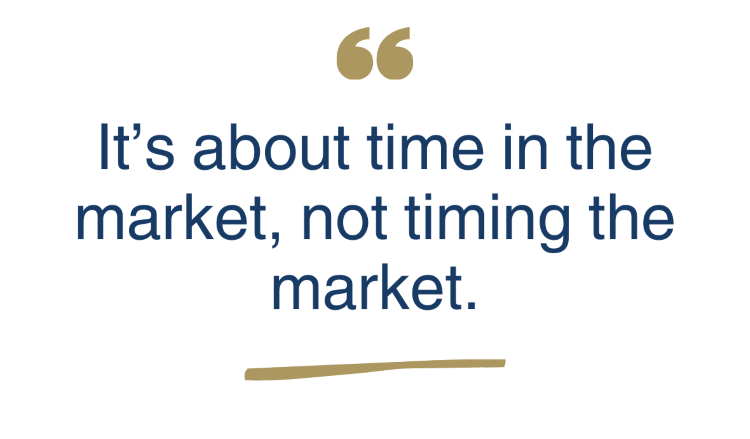The 'September Effect'
Much like the nerves that flutter in the stomachs of students facing a new school year, global markets experienced their own version of post-summer ‘back to school jitters’ in what was a largely negative month for equities and bonds. Following a robust performance for stocks in the first half of 2023, the third quarter offered something of a reality check.
Looking back through time, it’s not uncommon for markets to experience what most traders refer to as ‘The September Effect’, which refers to the historically weak stock market returns for the month. The September effect is considered a statistical quirk that has no cause-and-effect impact on investments.
Hawkish comments from the Federal Reserve and higher oil prices dampened investor sentiment. Whilst we saw both a US and UK interest rate pause in the month, it was the hawkish narrative from the central banks around interest rates remaining ‘higher for longer’ which contributed to some of the September weakness in markets. In addition, the price of oil continued its strong run, returning nearly 5% in September to produce a near 30% rise over the third quarter. It was the oil’s eighth best quarter of the millennium. This rise was driven predominantly by supply cuts from the major oil exporters Saudi Arabia and Russia; however, it renewed investors’ fears of its upward impact on headline inflation impacting around the world.

September was the second consecutive month of negative returns for the US, European and Japanese markets, as it was for UK Gilts. The US market fared worst over the month, bucking the trend for most of 2023 as the S&P 500 fell -5% with even the “Magnificent Seven” failing to deliver returns for their shareholders. The UK market was one of very few asset classes that recorded a positive return for the month, helped by the strong presence of energy companies in its index, including that of the oil majors BP and Shell.

In Emerging Markets, renewed concerns about the state of the property sector in China weighed on sentiment. However, this has been well documented for some time.
In the bond markets, corporate bond markets outperformed government bonds, with spreads narrowing across both investment grade and high yield. Despite the Federal Reserve and the Bank of England keeping rates steady in September, the market anticipates a longer period of elevated rates. This was the key driver impacting higher government bond yields (meaning lower bond prices) over the quarter.
The global economy is in a state of flux. The labour markets remain strikingly resilient in both the US and UK, but other economic indicators, like consumer spending and manufacturing, are softening. The outlook for most major developed economies remains uncertain. Nevertheless, there are reasons to be optimistic from here.
Volatility is not always a bad thing, as it can provide entry points from which investors can take advantage. Investing when markets are volatile, and valuations are more attractive, can give investors the potential to generate strong, long-term returns. The key thing to remember is that it’s normal for markets to move up and down, and volatility should not be the deciding factor on whether to exit your investment. It’s important to stress the benefit of patience with investing, remembering the old adage “It’s about time in the market, not timing the market.”
Despite the negative media headlines, inflation, rising interest rates and recessions are a normal part of an economic cycle. Markets have experienced them in the past and have always bounced back stronger. This time is no different, and one should not lose sight of the long-term attractions of investing.

Tom Hopkins
Portfolio Manager
